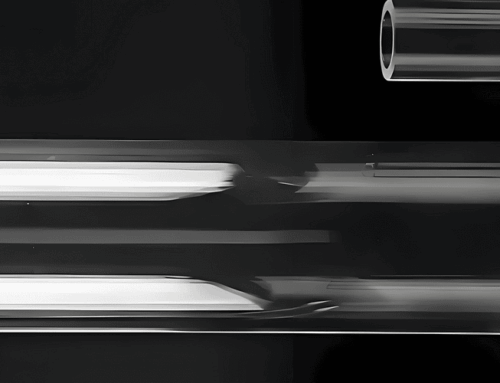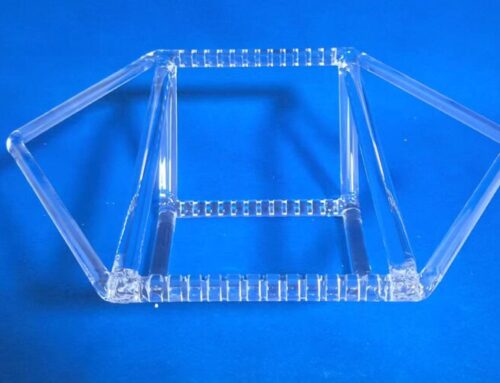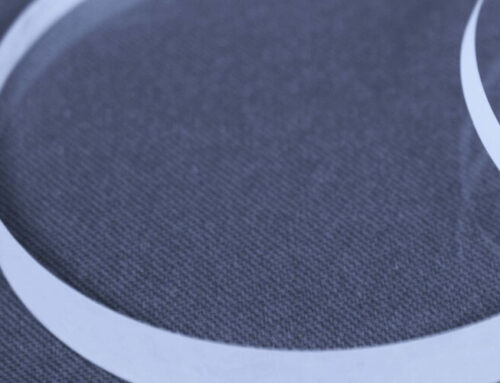Water dissolved in silica glass is called hydroxyl. Hydroxyl is the main impurity in quartz glass, and the main factor affecting the content of hydroxyl is raw material, technology and processing method. As the change of hydroxyl content in quartz glass, the properties of quartz glass also change. With the increase of hydroxyl content, the viscosity, density, refractive index, infrared absorption and expansion coefficient of quartz glass are increased.
According to the performance of hydroxyl in quartz glass, quartz glass can be divided into two categories. One kind is the quartz glass produced by oxidizing atmosphere, the other is the quartz glass of reducing atmosphere. The former is difficult to remove by heating, and the latter is easy to take off.
Oxidizing atmosphere producing quartz glass are:
(1) Synthetic quartz glass, four silicon chloride pyrolysis in hydrogen oxygen flame, hydroxyl content of about 1000–2000ppm.
(2) Plasma method of quartz glass by plasma melting quartz powder, the content of 20-30ppm group.
(3) Oxyhydrogen gas refining quartz glass melting quartz powder, hydroxyl content of 100-200ppm
(4) Fused silica: air atmosphere, melting quartz powder, hydroxyl content of 300-500ppm.
It is difficult to remove the hydroxyl of this kind quartz glass by heating treatment. When the temperature is above 1350 degrees crystallization temperature, it can be obviously removed.
Reduced atmosphere fused silica glass:
The quartz glass melting in the hydrogen atmosphere, the hydroxyl content of 100-200ppm. Heating to above 900 degrees, can take off most of the hydroxyl. The hydroxyl content of fused silica glass in helium or vacuum is very small.




